The Place Value Chart is a visual guide that shows at a glance the value of each digit of a number (ones, tens, hundreds, thousands … millions) and how the number decreases in the decimal part (tenths, hundredths …). Because he classifies numbers from left to right with the logic of “powers of ten”, he intuitively tells that 8 in “8 524” is in the thousands and 5 in the hundreds place; the magnitude difference between “0.06” and “0.6”. To make this basic concept concrete for students’, homeschoolers and private tutors, TypeCalendar has brought together 49 different high-resolution Place Value Chart templates in a single package. The charts are so varied that all your needs, from beginner to decimal-focused advanced charts, are at your fingertips with a single download.
Table of Contents
Why Is Place Value Instruction Important?

Four operations, fraction decimal conversion, percentage calculation and algebraic equations are constantly mixed up before the digit value is grasped. Making the relationship “shifting the decimal point to the left = multiplying by 10” or “shifting to the right = dividing by 10” physical using the chart eliminates confusion and dramatically reduces the student’s error rate.
TypeCalendar Place Value Chart Collection
TypeCalendar’s 49-chart pack is a comprehensive resource for every level from early elementary to advanced studies that probe decimal fractions in depth. Color coded starter tables reinforce visual memory for young learners, while extended decimal diagrams down to the billionth place provide practice with scientific notation.
Laminatable classroom mats fitted with tab pockets simplify hands on activities; ink-saving black and white versions cut photocopy costs; and animated PowerPoint/Google Slides files enable drag-and-drop interaction on smart boards and tablets. Thus, everyone, regardless of teacher, parent or student, finds every table ready with a single download that they will need to understand the redundant.
Classroom and Home Activities
- Stamp Scrolling Game: Students leave sticky stamps on the table, when the teacher says “×10”, all stamps are shifted/slid to the left; instant feedback.
- Tenth Rain: Tenth cards falling from the ceiling are pasted into the correct column; speed & accuracy competition.
- “Expand the Number” Sprint: A random number is read out, the student who writes it correctly in the first expanded form row at the bottom of the table wins.
Download Now — Build a Solid Foundation in Mathematics
Strengthening the knowledge of place value is a mandatory first step for students to safely progress to advanced mathematics subjects. TypeCalendar’s 49-template Place Value Chart package offers all kinds of visual guides you are looking for, from color-coded starter mats to extended decimal tables, from copy-friendly versions to animated digital presentations, in one download. Download the pack now and unlock the secret language of numbers in your classroom, home studio or digital learning platform, once and for all.













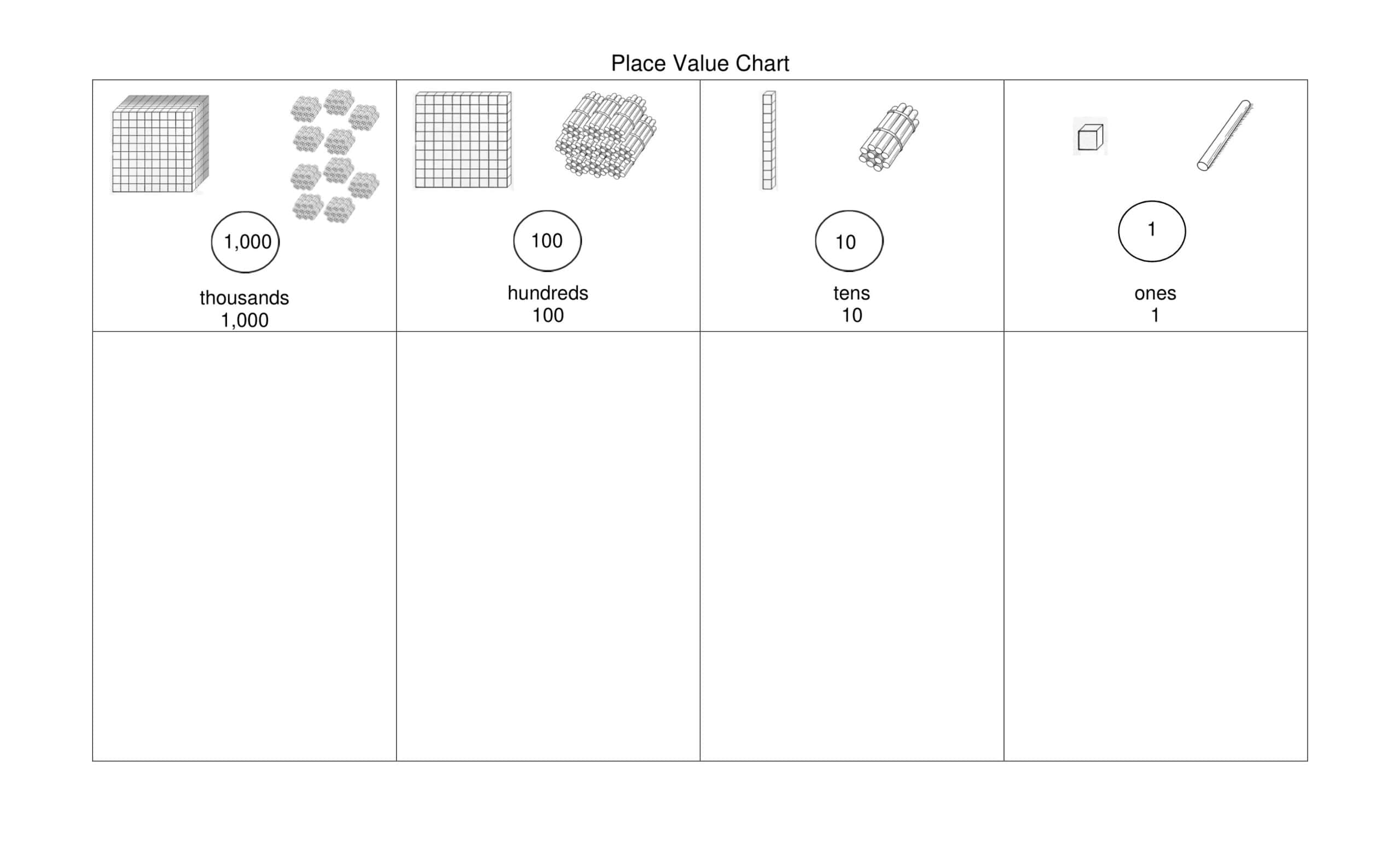



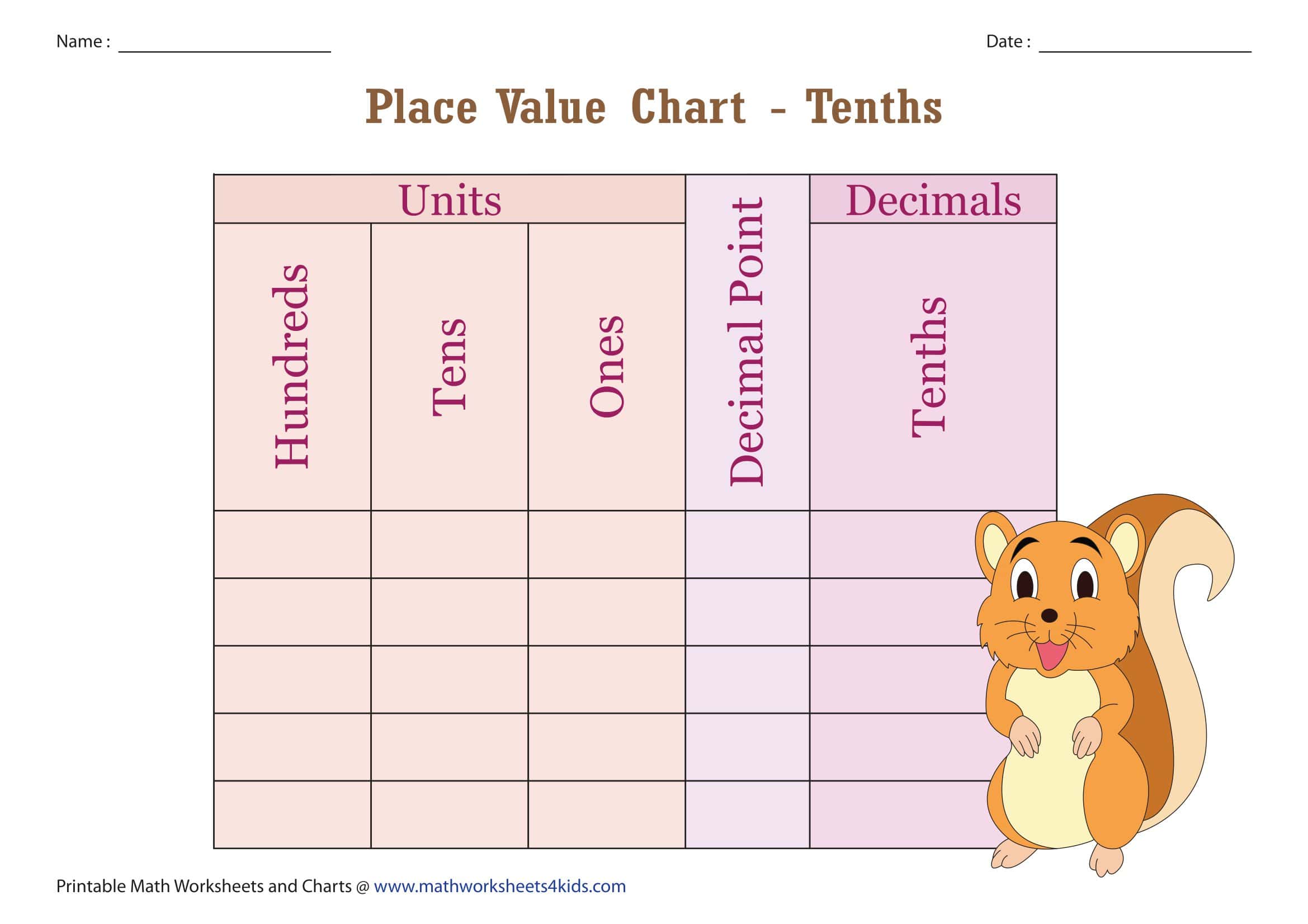

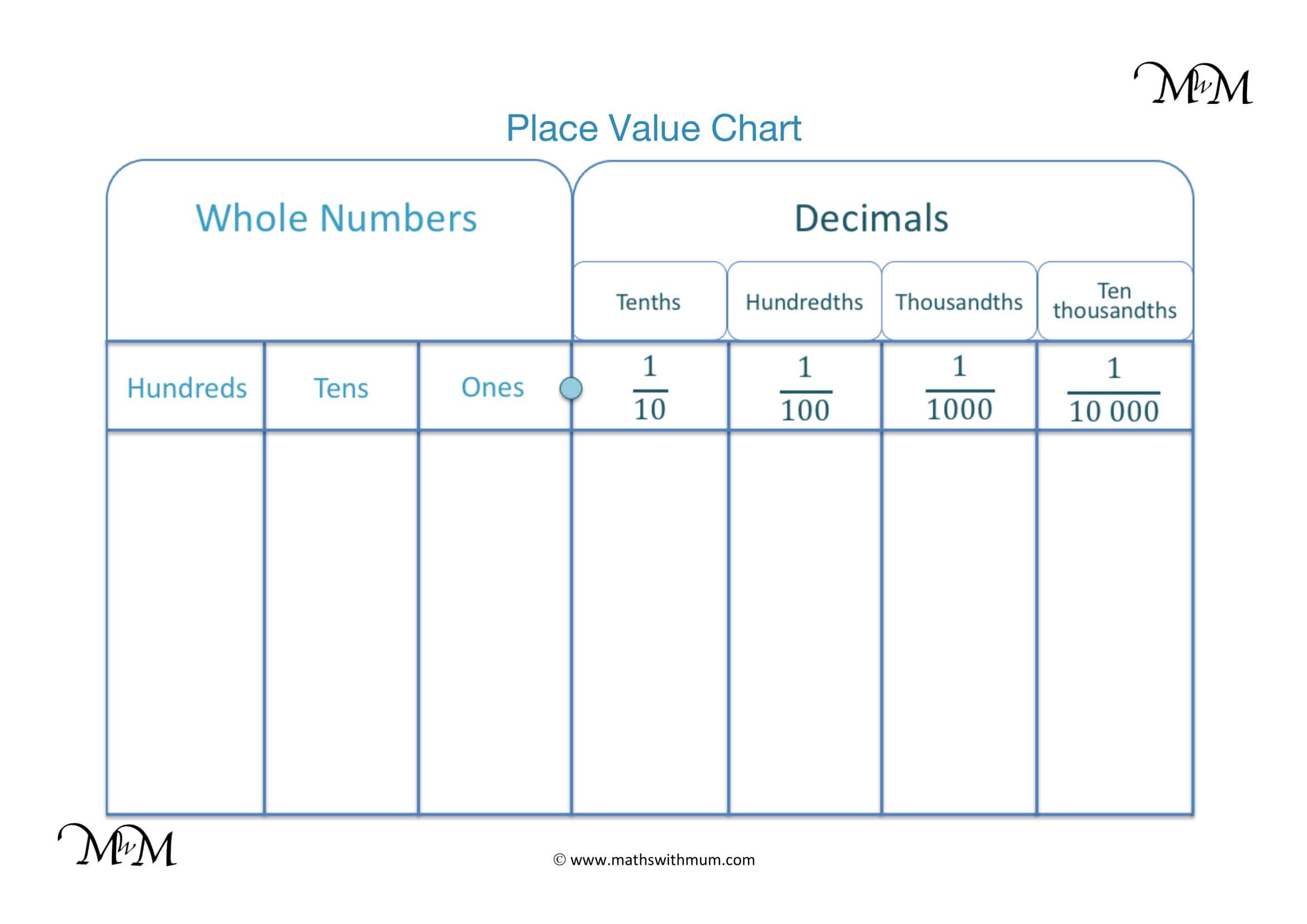

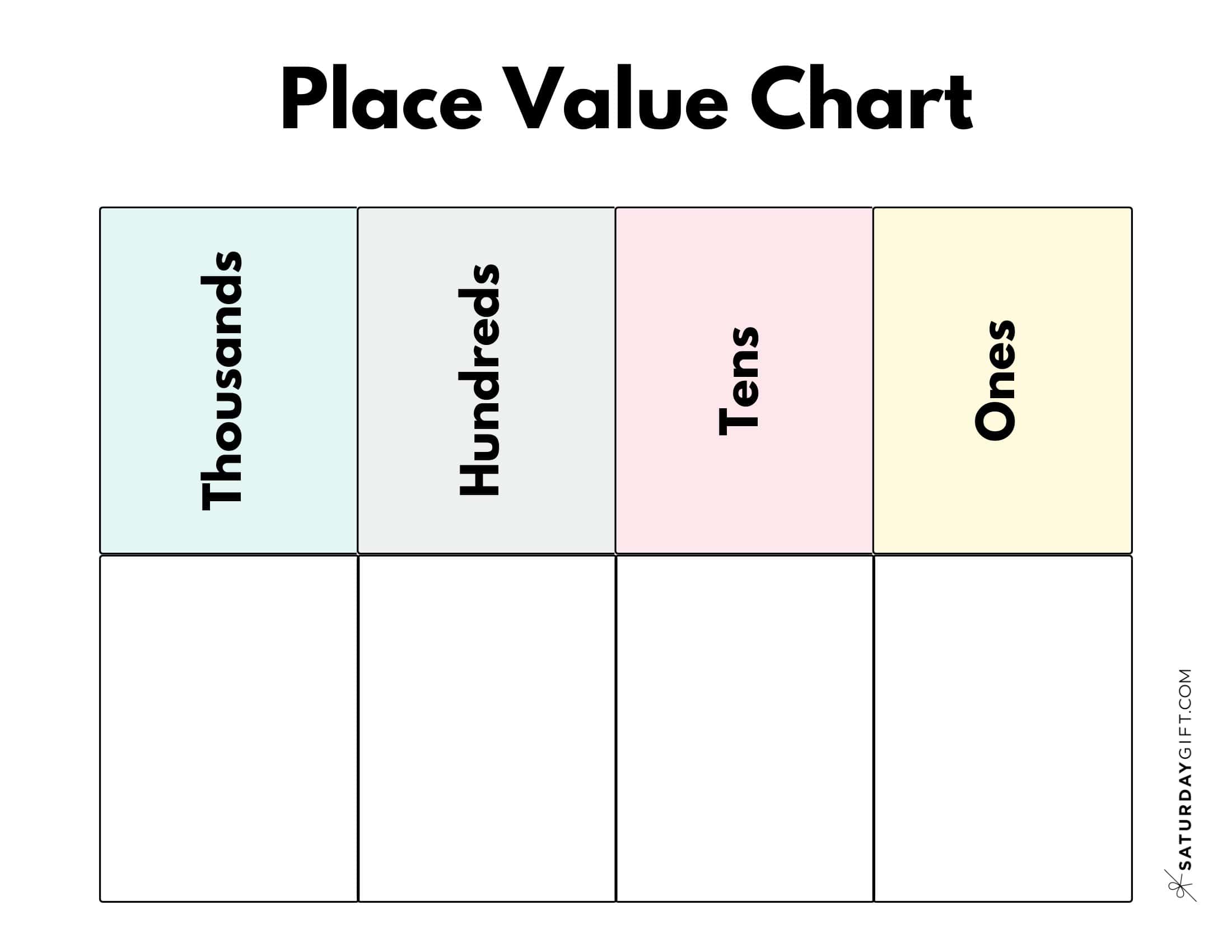


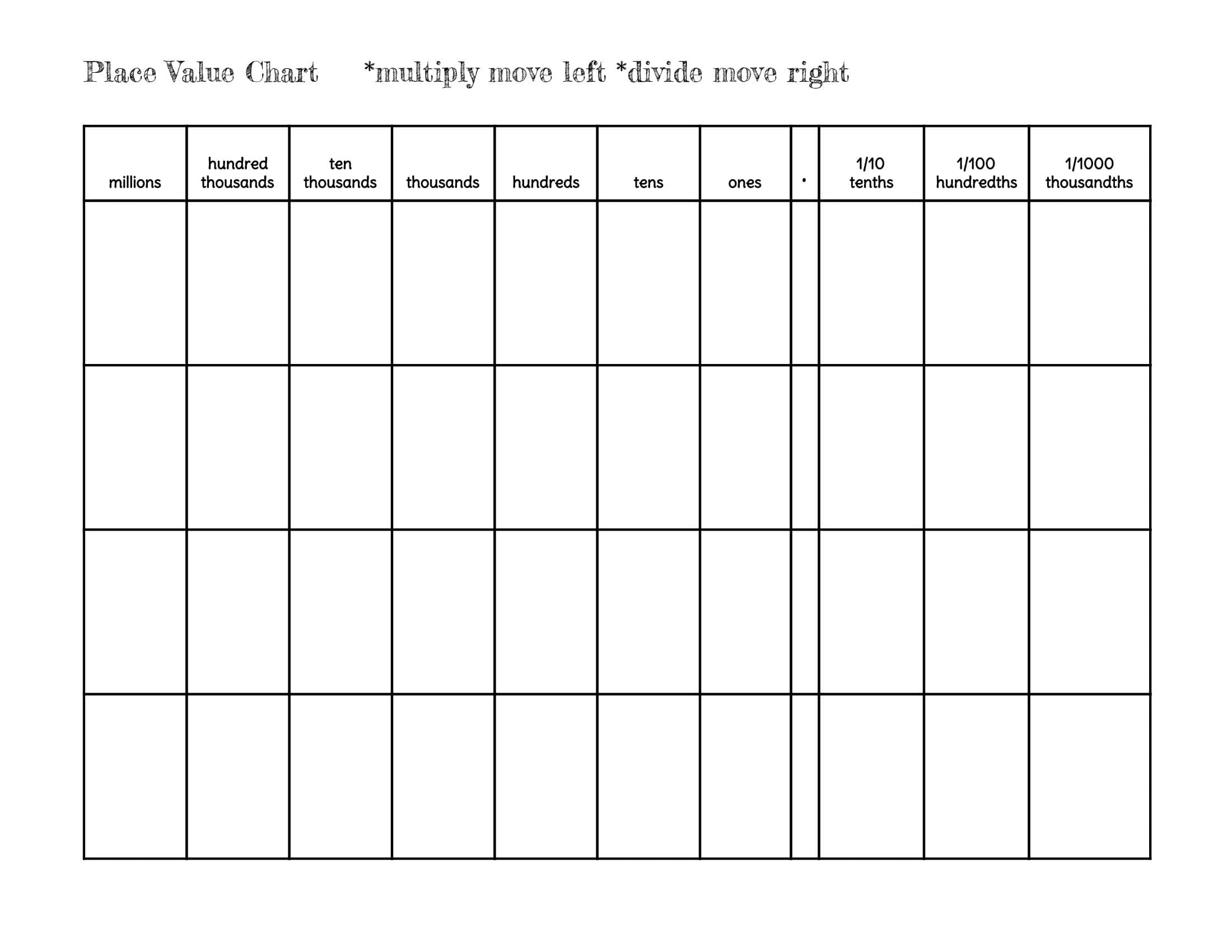










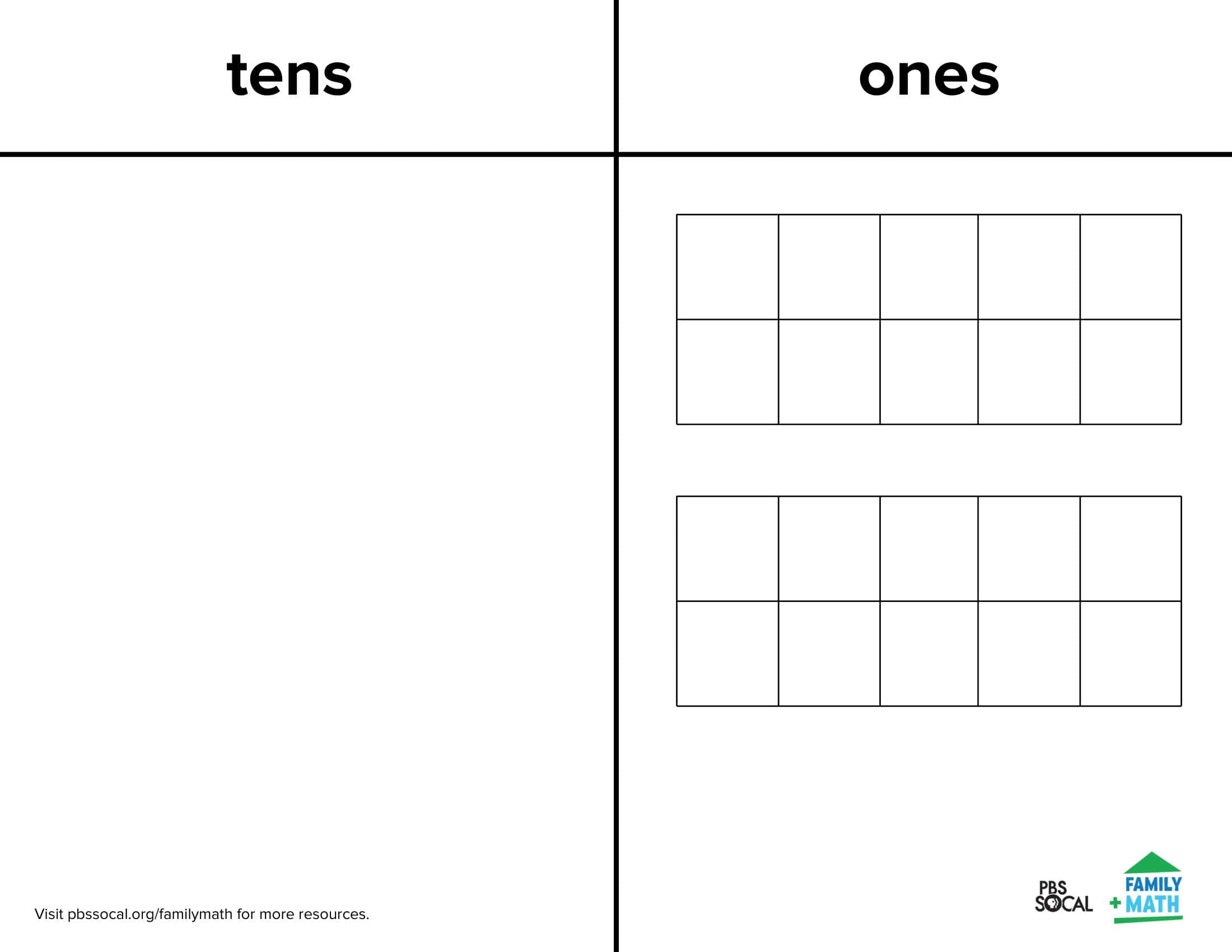





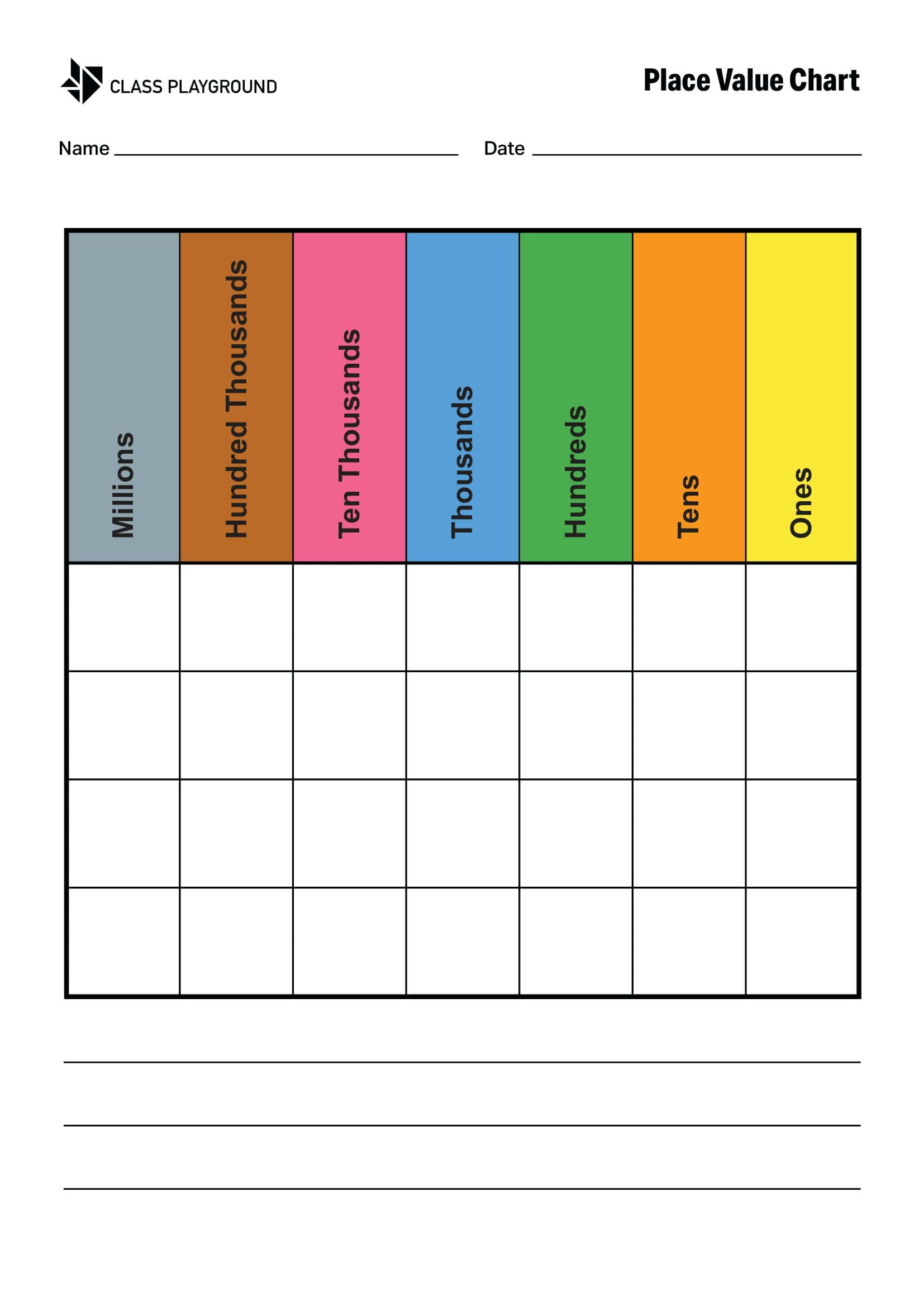
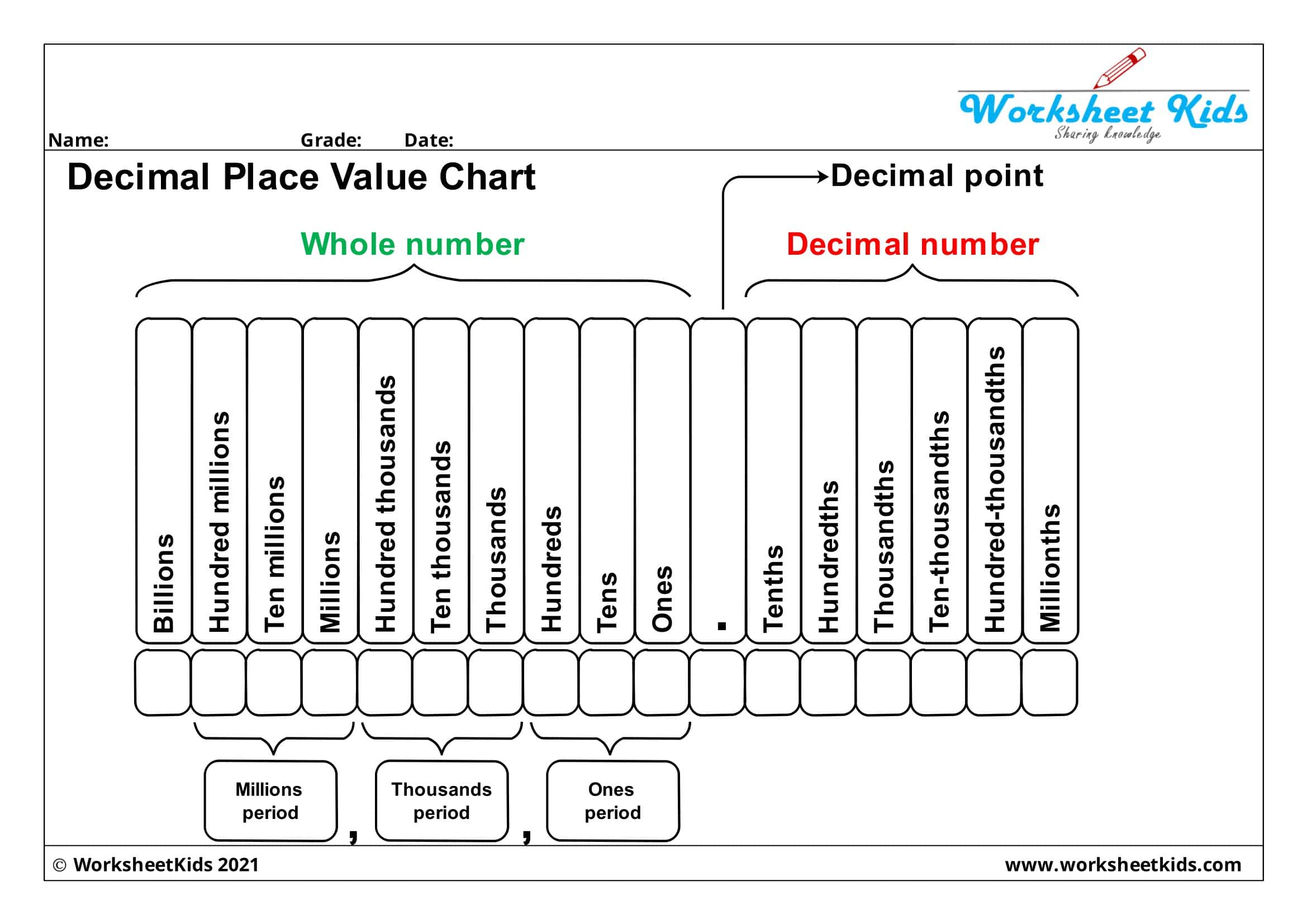

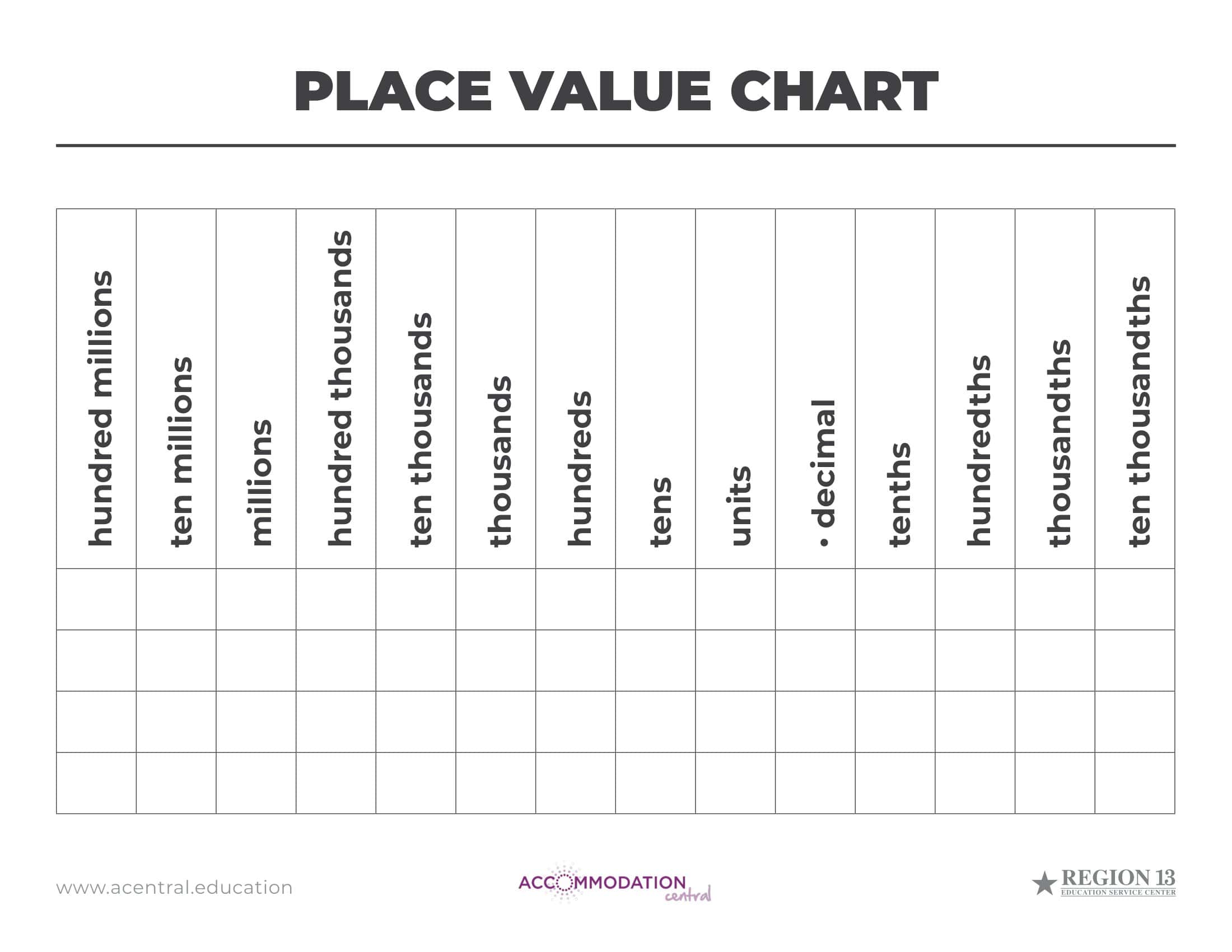




![Free Printable Pie Chart Templates [Excel, PDF, Word] Maker 1 Pie Chart](https://www.typecalendar.com/wp-content/uploads/2023/06/Pie-Chart-150x150.jpg 150w, https://www.typecalendar.com/wp-content/uploads/2023/06/Pie-Chart-1200x1200.jpg 1200w)
![Free Printable Reward Chart Templates [Word, PDF] Teachers 2 Reward Chart](https://www.typecalendar.com/wp-content/uploads/2023/03/Reward-Chart-150x150.jpg 150w, https://www.typecalendar.com/wp-content/uploads/2023/03/Reward-Chart-1200x1200.jpg 1200w)
![%100 Free Hoodie Templates [Printable] +PDF 3 Hoodie Template](https://www.typecalendar.com/wp-content/uploads/2023/05/Hoodie-Template-1-150x150.jpg)
